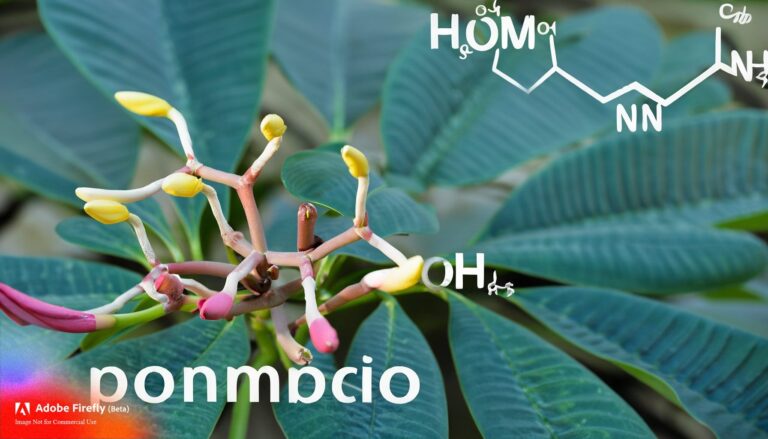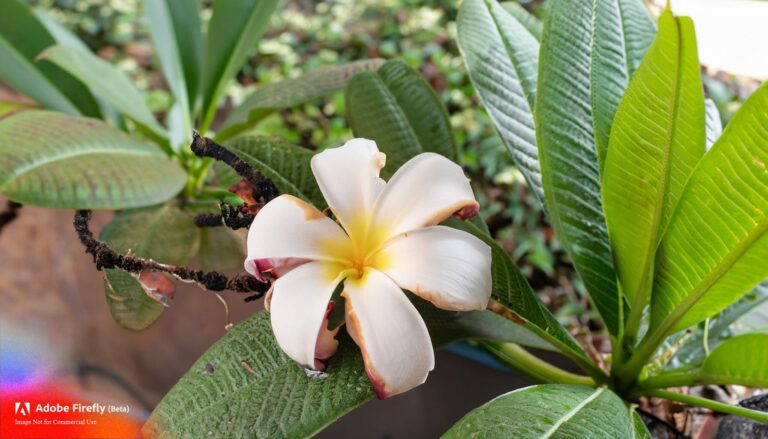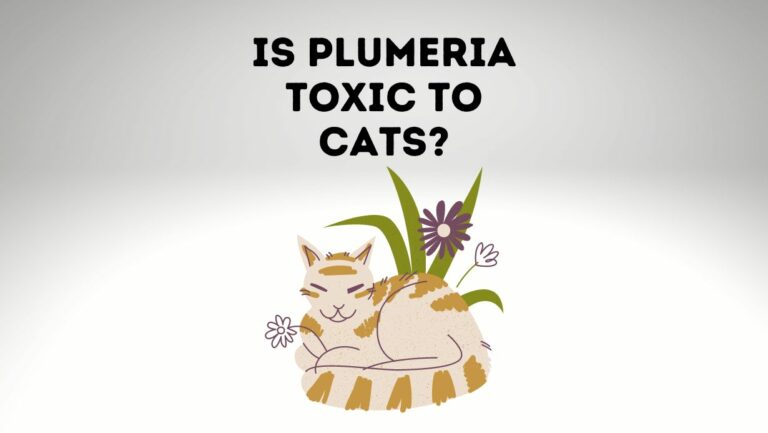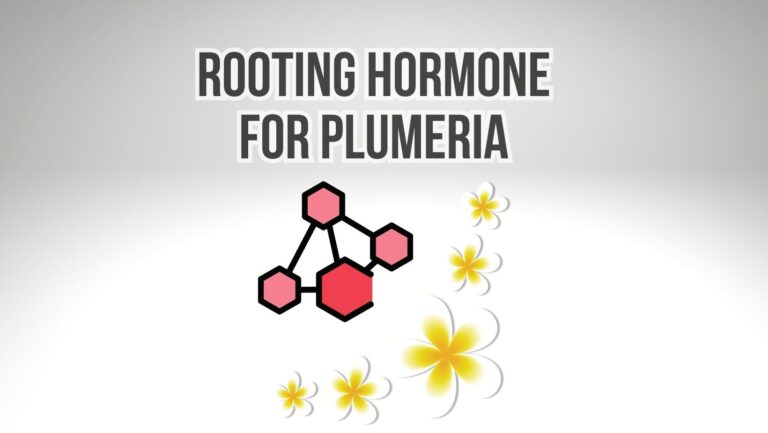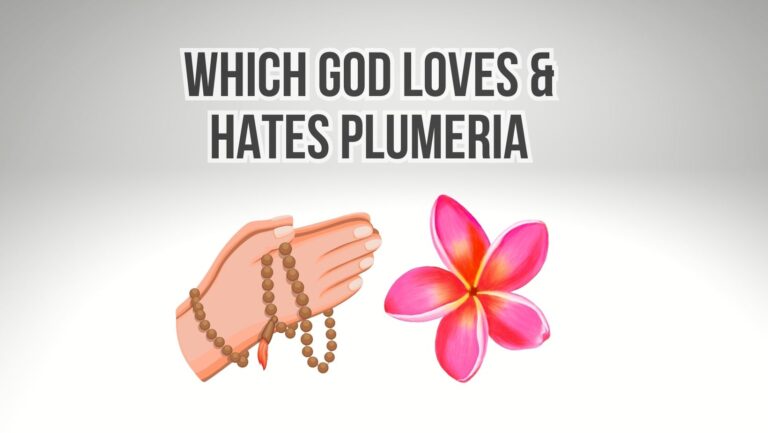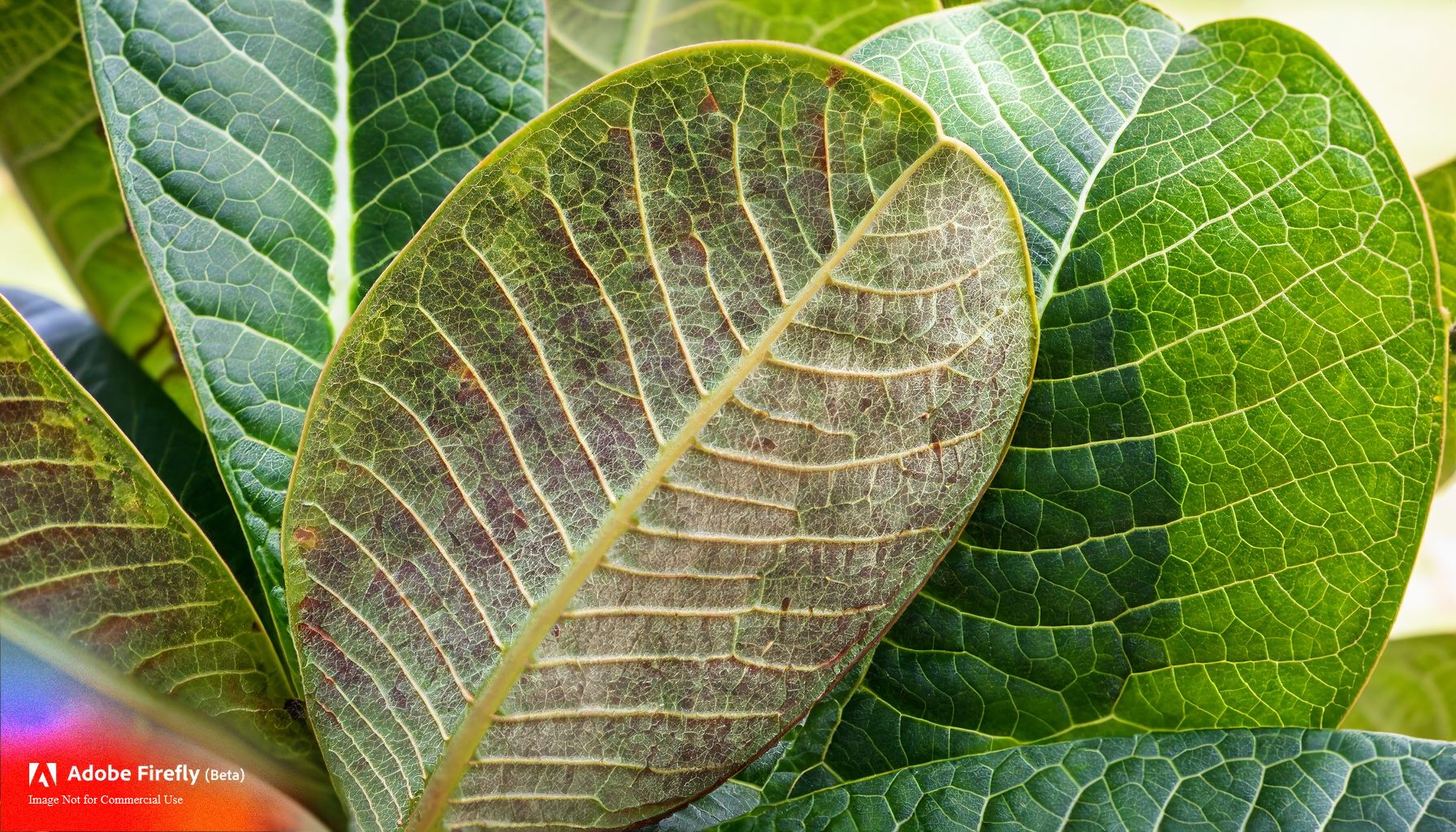
Plumerias, with their captivating blooms and delightful fragrance, are a cherished addition to gardens and landscapes. However, when their lush green leaves start to exhibit discoloration, it can be concerning for any plant enthusiast. Leaf discoloration in plumerias can be attributed to various factors, ranging from environmental stressors to nutrient imbalances and pest infestations. In this article, we will delve into the common causes of plumeria leaf discoloration and provide valuable tips for effectively addressing and preventing this issue.
Common Causes of Plumeria Leaf Discoloration:
1. Nutrient Deficiencies:
- Cause: Inadequate levels of essential nutrients, such as nitrogen, iron, manganese, and magnesium, can result in yellowing or browning of leaves.
- Solution: Regularly fertilize plumerias with a balanced fertilizer to provide necessary nutrients. Adjust the fertilizer mix based on soil test results.
2. Overwatering or Poor Drainage:
- Cause: Excessive moisture around the root zone due to overwatering or poor soil drainage can lead to root rot and subsequently, leaf discoloration.
- Solution: Water plumerias deeply but allow the soil to dry out slightly between waterings. Ensure the planting area has proper drainage.
3. Underwatering:
- Cause: Insufficient watering can cause stress to plumerias, resulting in wilting and yellowing of leaves.
- Solution: Water plumerias thoroughly and consistently, especially during dry periods. Monitor soil moisture and adjust watering frequency accordingly.
4. Sunburn:
- Cause: Exposure to intense sunlight, especially after prolonged periods of shade, can lead to leaf scorch and discoloration.
- Solution: Gradually acclimate plumerias to direct sunlight and provide shade during the hottest part of the day.
5. Pest Infestations:
- Cause: Insects such as aphids, spider mites, and mealybugs can damage leaves, causing stippling, discoloration, and distortion.
- Solution: Implement integrated pest management (IPM) strategies, including natural predators and organic treatments, to control pest populations.
6. Fungal or Bacterial Infections:
- Cause: Pathogens can cause leaf spots, blotches, or mold growth, leading to discoloration and compromised leaf health.
- Solution: Improve air circulation, avoid overhead watering, and apply fungicides or antibacterial treatments as needed.
7. Environmental Stress:
- Cause: Extreme weather conditions, such as temperature fluctuations, drought, or strong winds, can stress plumerias and result in leaf discoloration.
- Solution: Provide consistent care and maintain a stable environment to minimize stress on the plants.
8. Soil pH Imbalance:
- Cause: Soil pH that is too high or too low can affect nutrient availability and lead to leaf discoloration.
- Solution: Conduct a soil test to determine the pH of the soil. Adjust the pH if necessary to create optimal growing conditions.
Tips for Managing Plumeria Leaf Discoloration:
- Identify the Cause: Carefully examine the affected leaves and consider environmental conditions to determine the underlying cause of discoloration.
- Provide Adequate Nutrients: Maintain a balanced fertilizer regimen to ensure plumerias receive essential nutrients for healthy leaf development.
- Optimize Watering: Establish a consistent watering schedule and monitor soil moisture to prevent both overwatering and underwatering.
- Monitor Light Exposure: Gradually introduce plumerias to direct sunlight to prevent leaf scorch and sunburn. Provide shade during peak sunlight hours.
- Implement Pest Control: Regularly inspect plants for signs of pests. Employ natural predators and organic treatments to manage pest populations.
- Improve Air Circulation: Prune and thin out branches to enhance air circulation within the canopy, reducing the risk of fungal infections.
- Practice Good Sanitation: Remove and destroy infected or diseased plant material promptly to prevent the spread of pathogens.
- Maintain Consistent Care: Avoid sudden changes in environmental conditions and provide consistent care to minimize stress on the plumerias.
- Mulch Application: Apply a layer of organic mulch around the base of plumerias to retain soil moisture, regulate temperature, and improve overall plant health.
- Regular Observation: Regularly inspect your plumerias for any signs of leaf discoloration or other issues. Early detection can prevent problems from escalating.
Conclusion:
Plumeria leaf discoloration can be attributed to a range of factors, including nutrient imbalances, environmental stress, pests, and diseases. By identifying the underlying cause and implementing appropriate solutions, you can maintain the vibrancy and health of your plumeria leaves. Regular care, proper watering, balanced fertilization, and effective pest management are key to preventing and addressing leaf discoloration, ensuring that your plumerias continue to thrive and adorn your garden with their enchanting beauty.

